The Essential Guide to Down Jackets and Why You Need One

Embarking on a journey into the great outdoors during the crisp chill of the season necessitates not only the spirit of adventure but also the right gear to combat the elements. Among the array of options to choose from, down jackets stand out as a symbol of unparalleled warmth and comfort!
In the realm of outdoor exploration and activity, these jackets have seamlessly woven themselves into the fabric of adventure enthusiasts' wardrobes. Join us as we peel back the layers of mystery surrounding down insulation, shedding light on why these jackets have earned a spot as favourites among those who seek the perfect blend of functionality and cosiness. Fasten your seatbelts as we explore the world of down jackets, and help you make an informed decision for your next winter adventure…
What is a Down Jacket?

Down jackets are insulated garments filled with the soft, fluffy undercoating of duck or goose feathers. Known as down clusters, these provide exceptional warmth by trapping and retaining body heat. The loftiness of down creates countless air pockets, forming a natural barrier against the cold.
What are the main characteristics of a down jacket?

1. Exceptional Insulation: The Warmth-to-Weight Marvel
Down jackets are revered for their remarkable warmth-to-weight ratio, a characteristic that sets them apart from every other jacket on the market. The secret lies in the loftiness of down clusters – the soft, fluffy plumage found beneath the tougher exterior. This loft creates countless tiny air pockets within the jacket, forming a natural insulating barrier. This ingenious design allows down jackets to provide exceptional warmth without burdening the wearer with unnecessary weight, ensuring that adventurers stay comfortably snug even in the harshest cold conditions.

2. Packability: A Space-Saving Marvel for the Avid Explorer
An outstanding feature of down jackets is their incredible compressibility, making them the go-to choice for outdoor enthusiasts. Unlike bulkier insulation alternatives, down jackets can be effortlessly compressed into compact sizes, allowing for easy packing and storage. This packability is a game-changer for those embarking on adventures where space is a premium. Whether stowed in a backpack for a day hike or carefully folded into a suitcase for an international expedition, down jackets prove to be the space-saving heroes of the outdoor wardrobe.

3. Breathability & Versatility: Striking the Balance for Optimal Comfort
Down has good breathability, allowing moisture (such as sweat) to escape easily. This breathability ensures that wearers stay comfortable and dry, regulating their body temperature effectively.
Down jackets are versatile and can be used as standalone outerwear in milder temperatures or as a mid-layer in colder conditions, depending on the jacket's design and insulation level.
What to look for when buying a down jacket?
1. Fill Power (FP)

Fill power denotes the quality of down, focusing on the size of the clusters and their ability to trap air relative to their weight. It is crucial to note that fill power alone does not indicate the warmth of a product unless coupled with consideration for the 'fill weight.' Down is graded based on the volume it occupies when fully lifted, with higher fill power indicating greater air-trapping capacity and superior insulation.

Goose down typically boasts the highest fill power, falling within the impressive range of 700 to 1000 FP. In comparison, duck down usually exhibits a fill power ranging from 500 to 650 FP. Rab strategically employs a range of down options, allowing precise customization of our garments to meet diverse customer needs, balancing considerations such as budget and intended usage. This nuanced approach ensures that each product delivers optimal performance, aligning with the specific requirements of our valued customers.
2. Down Cluster Ratio
This represents the proportion of feathers to down blend present in your down apparel. A higher ratio indicates a greater concentration of down within the item. In the case of duck Down products, they maintain an 80:20 cluster ratio, ensuring a maximum of 20% feather content. In contrast, goose Down items adhere to a 90:10 ratio, ensuring a minimum down content of 90%. A higher percentage of down translates to superior warmth relative to weight, emphasizing the efficiency of the insulation provided by the garment.

3. Fill Weight
The key determinant of a down jacket's warmth is its fill weight. This metric signifies the overall quantity of down incorporated into the jacket's construction, typically measured in grams. In essence, a higher amount of down within a jacket generally equates to enhanced warmth.

4. Ethical and Sustainable Practices
Responsible Down Standard: The Responsible Down Standard (RDS) independently certifies down and feathers, ensuring compliance with animal welfare requirements and meticulously tracing the material's journey from farm to the final product. Although down products have transformed outdoor apparel, it's essential to acknowledge that the raw material comes from large-scale animal farming. With the growing popularity of down garments, there's an escalating responsibility to guarantee that our insulation is sourced from environments upholding high animal welfare standards.

Recycled down: Recycled down refers to the process of repurposing and reusing down feathers from previously used products, such as bedding or outerwear, to create new insulation material. Rab stands as a sustainability pioneer by incorporating recycled down in their products.
5. Hydrophobic Down Treatment:

Down possesses inherent breathability, ensuring maximum comfort during wear. However, this feature comes with a caveat – it can absorb moisture, potentially overloading the fibers or causing them to clump together, compromising the insulation properties of the down. To counteract this, a hydrophobic treatment is employed that uses Nikwax water repellent technology. This treatment significantly enhances down performance by preventing clusters from absorbing moisture, allowing it to maintain loft. Even in the event of water absorption, the treatment markedly accelerates drying time and facilitates loft recovery.
It's essential to note that while hydrophobic treatment improves performance in wet conditions, it doesn't render the garment waterproof. If you seek both insulation and waterproof capabilities, a different option combining down with a waterproof material would be suitable.
Why You Need a Proper Down Jacket for Your Outdoor Excursions:
Lightweight, warm, durable and highly packable, these jackets are a game-changer in extreme conditions & winters. Whether you're hiking, camping, or braving the cold, this versatile gear guarantees comfort and readiness for any adventure.

Given the extensive tech, science, and research behind high-performance down jackets, it's crucial to scrutinize specifications before purchasing. This blog provides insights to help you differentiate a genuine down jacket from other alternatives.
How to Care for Your Down Jacket:
1. Washing:
- Use a down-specific detergent.
- Machine wash on a gentle, cold cycle.
- Ensure the jacket is fully dried to prevent clumping.
2. Storage:
- Store in a dry, well-ventilated area.
- Use a breathable garment bag.
- Avoid compressing the jacket for extended periods.
3. Repairing Leaks:
- Identify the source of leaks.
- Seal small punctures with a down-specific repair kit.
- Seek professional help for extensive damage.
4. Is your jacket leaking down?
Not to worry, it is quite common to find down escaping from new down jackets. Even though down-proof fabrics are used to prevent leakage, occasionally, it may seem like the insulation is seeping through the fabric. This occurrence is attributed to the composition of the down, typically a blend of 90% down and 10% feathers. The sharp quills of feathers can protrude through the fabric or stitch lines, causing the appearance of leakage. Given the exceptionally fine nature of down, it can navigate through minor openings. A slight release of down through the fabric or seams is normal and anticipated in any down garment, particularly during the initial period, typically the first month or so. This does not impact the performance of the garment in any way.

If you notice any down or feathers protruding through the fabric, avoid pulling them out. Pulling the cluster through the jacket could potentially create a larger hole. Instead, attempt to gently guide the down or feather back inside the jacket, working from the underside of the fabric. Afterwards, softly rub the area between your fingers. This rubbing action helps bring the fabric strands back together, aiding in the closure of any openings.
5. Regular Inspections:
- Check for any signs of wear and tear.
- Inspect seams, zippers, and insulation.
- Sun out the jacket to keep dry & fluffy
6. Re-Fluffing:
- Gently shake the jacket to redistribute down.
- Tumble dry on low.
As you prepare for your next trek, armed with the knowledge of down insulation and the tools to tackle leaks, your down jacket becomes a reliable companion in the face of changing weather conditions. Experience the warmth & conquer the cold!
Explore DOWN JACKETS



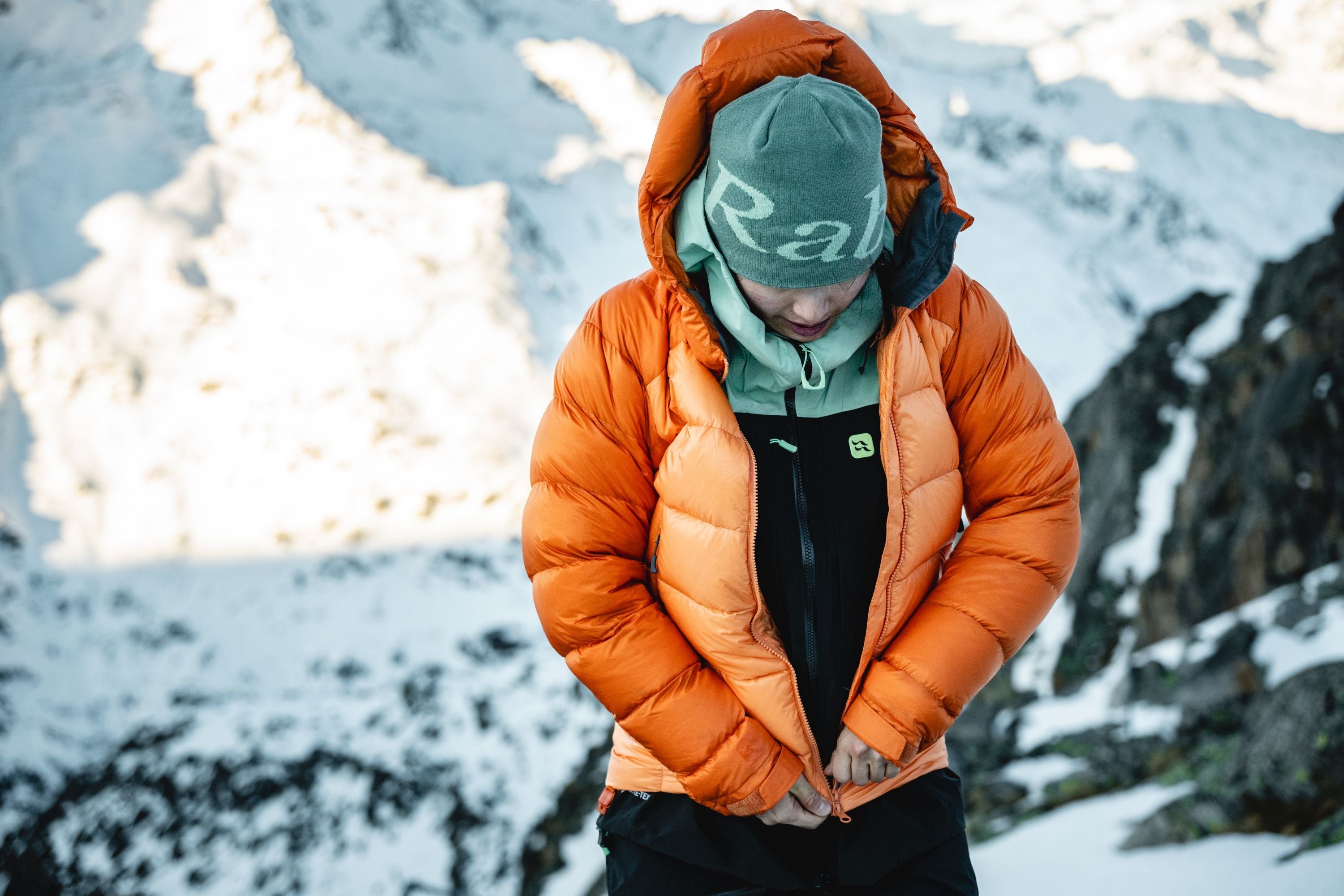

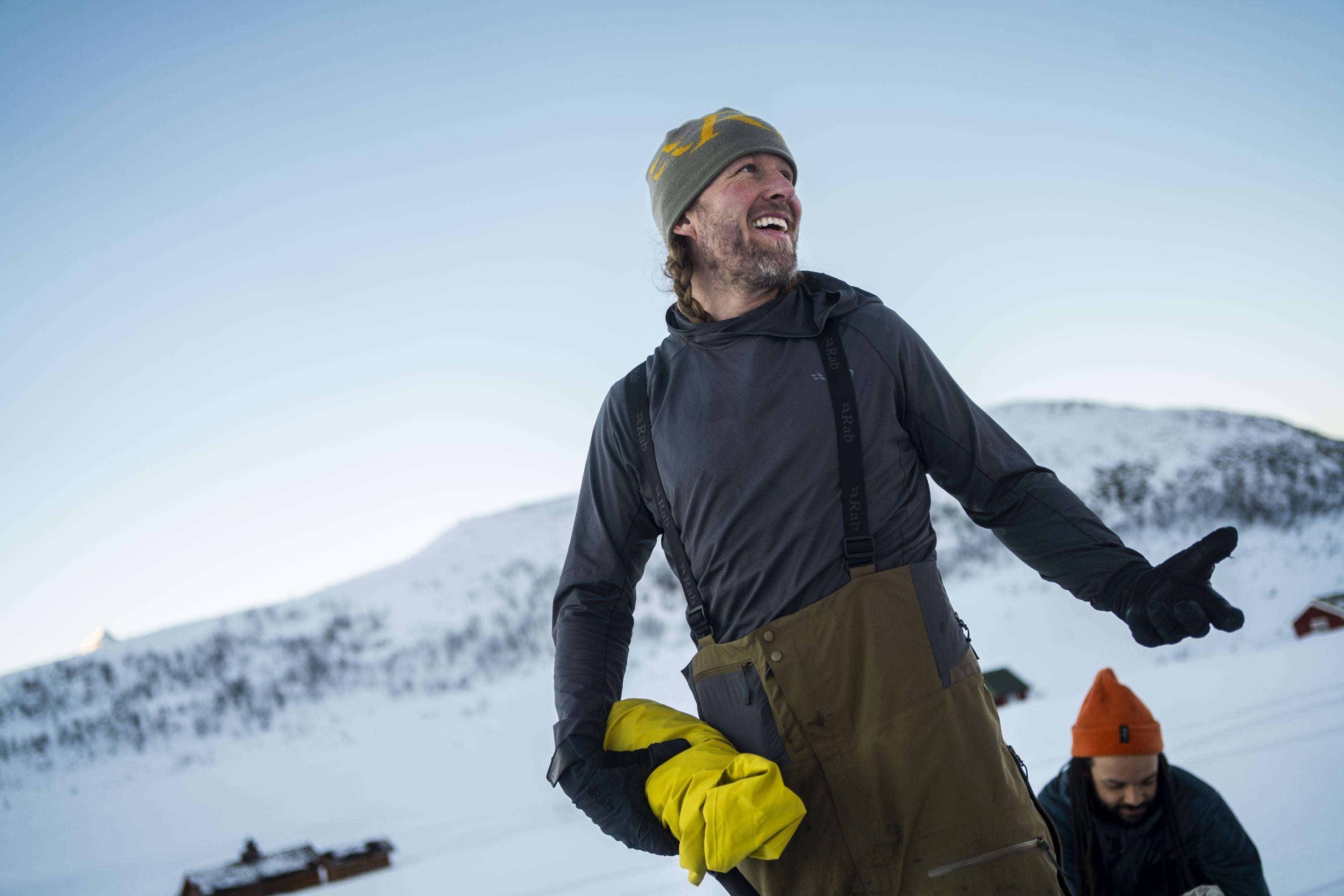

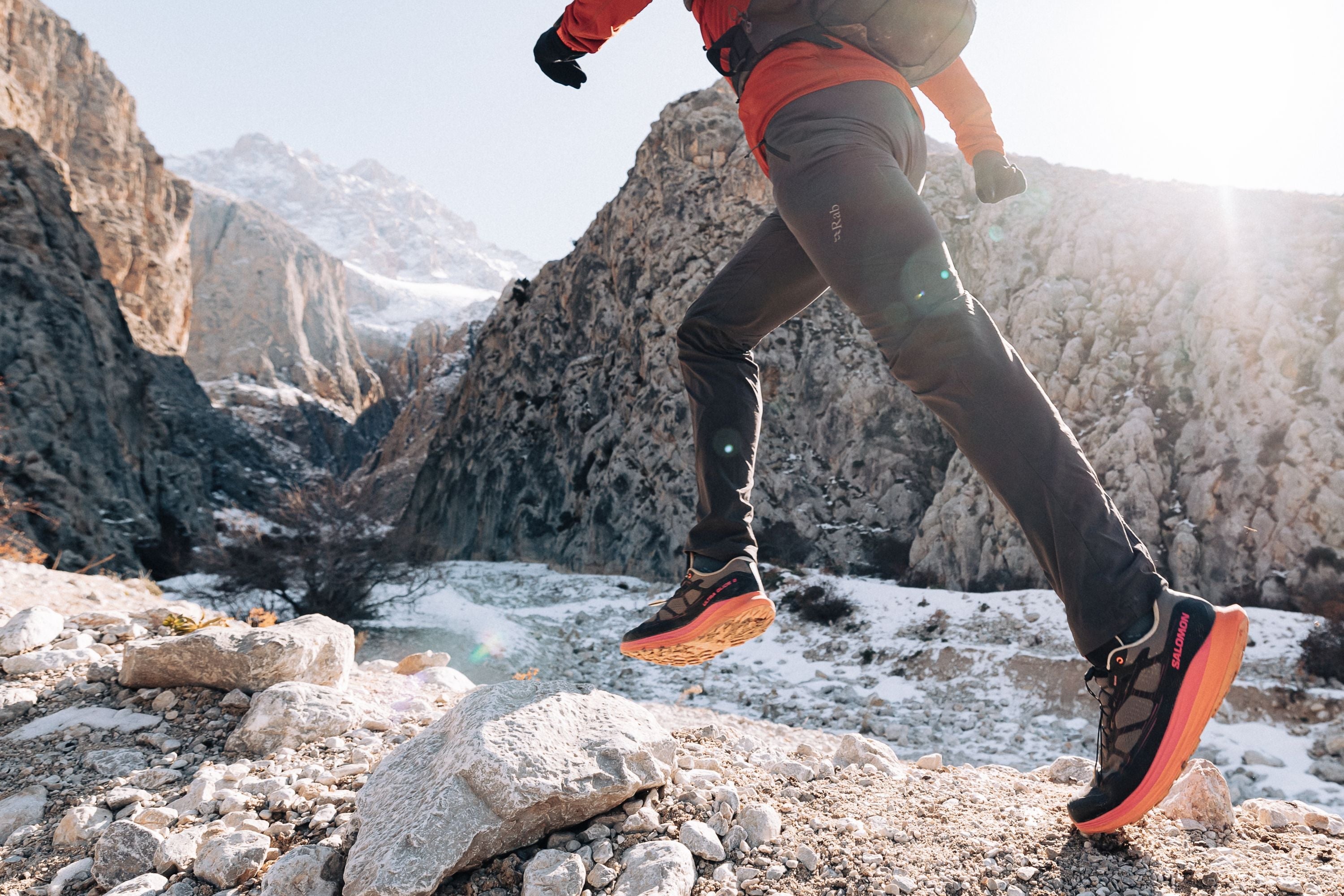
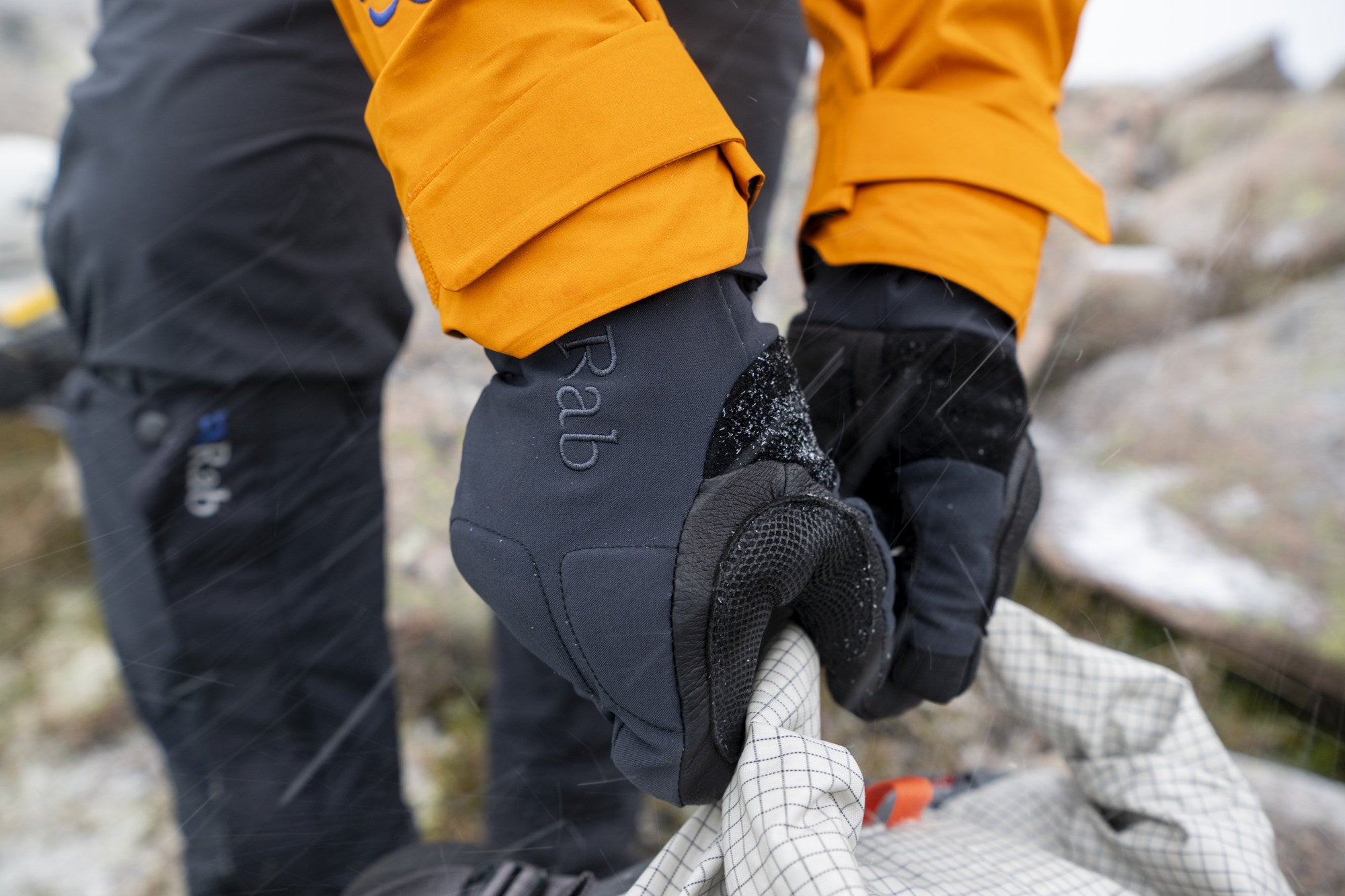

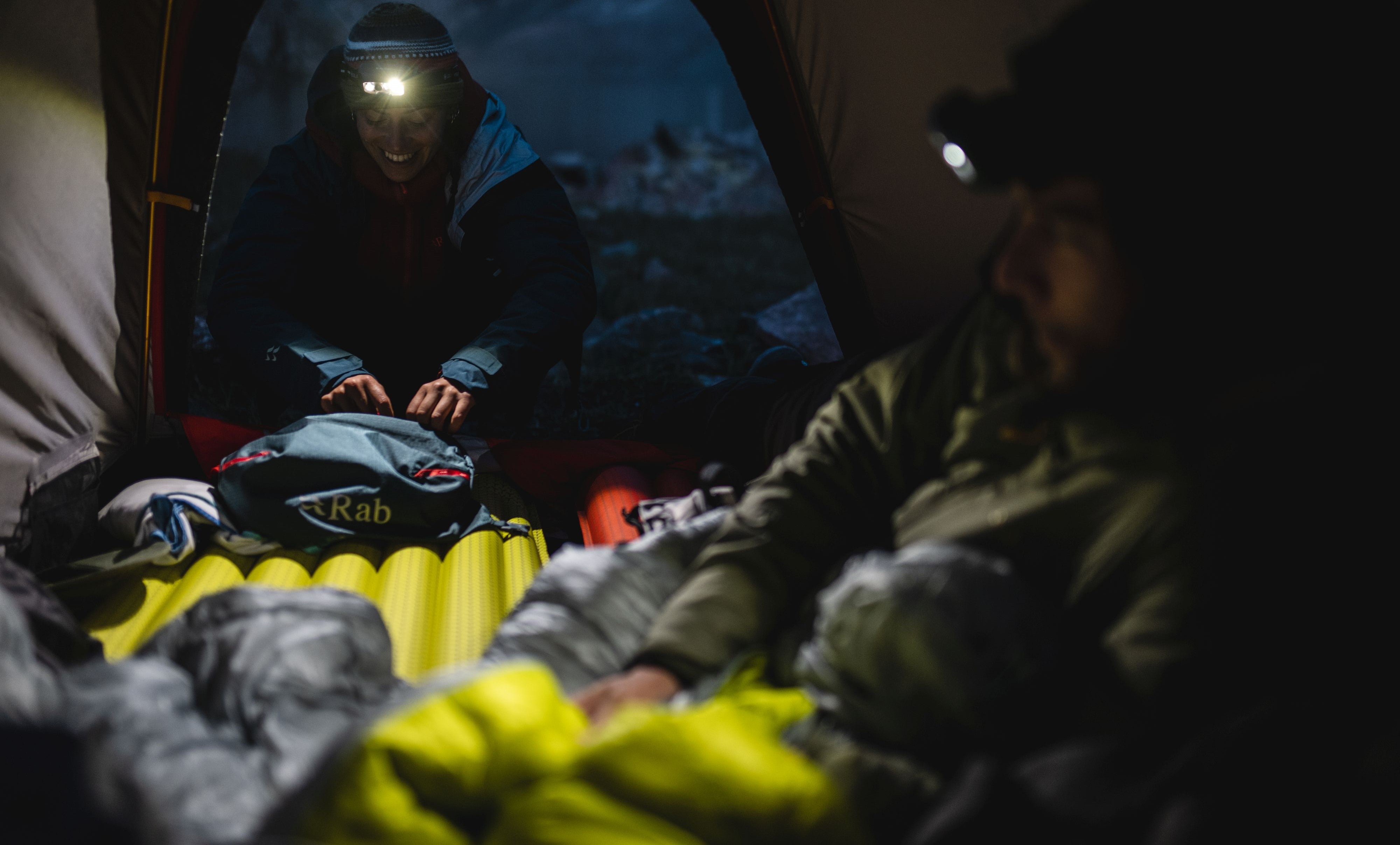
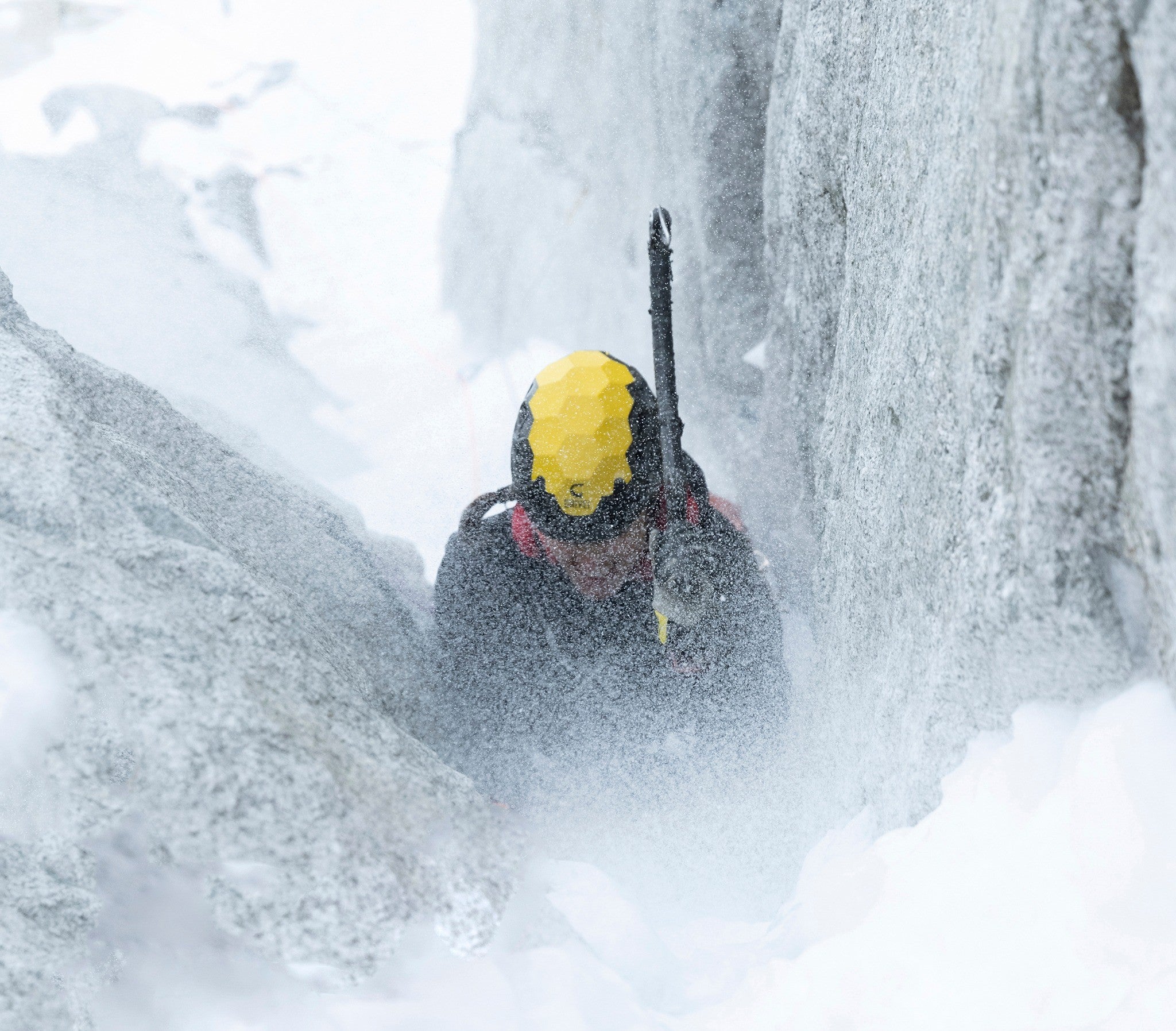
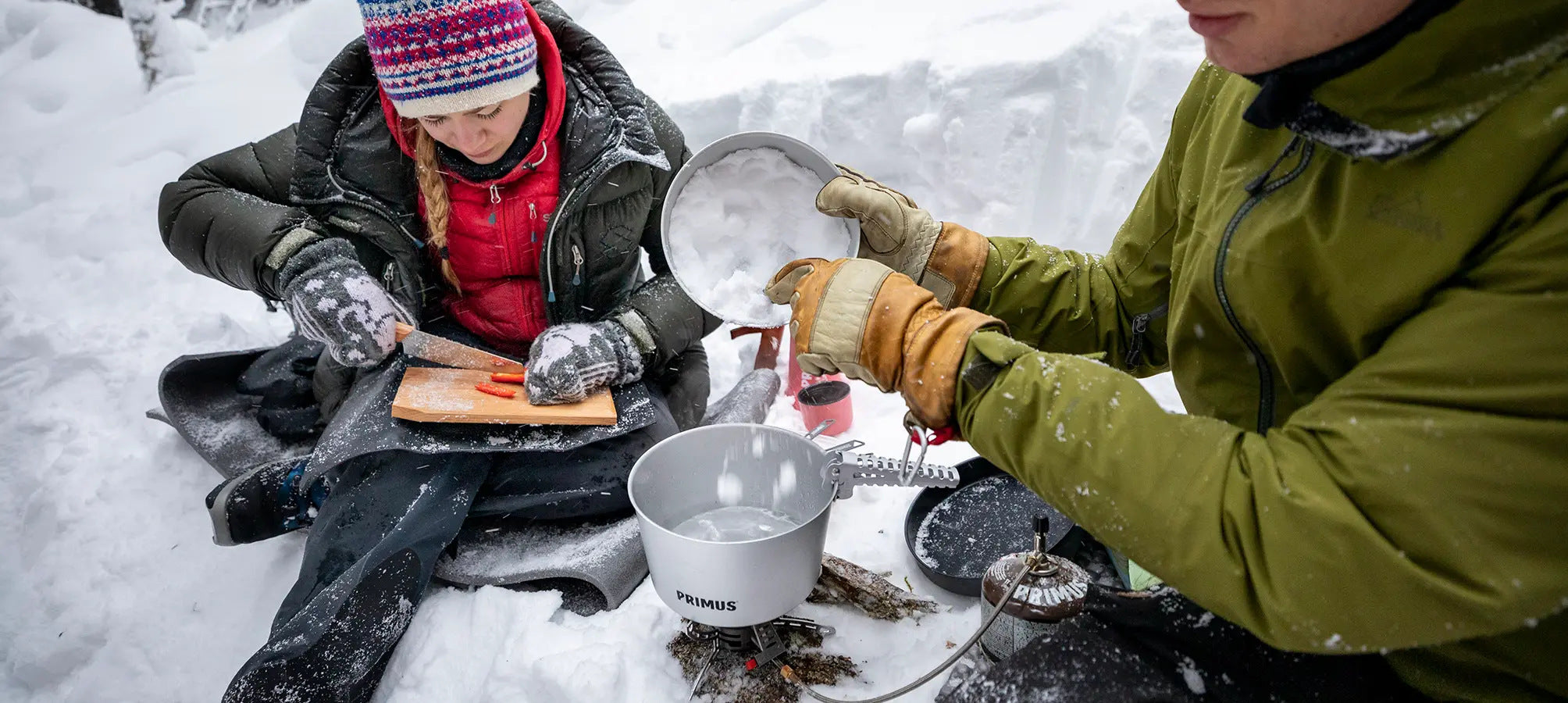
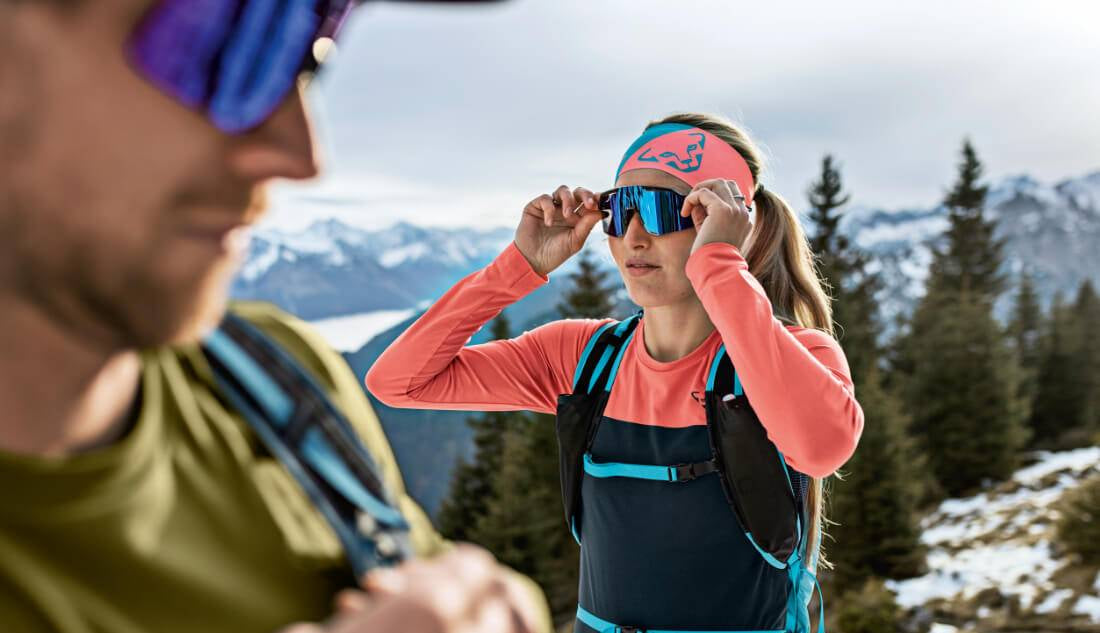

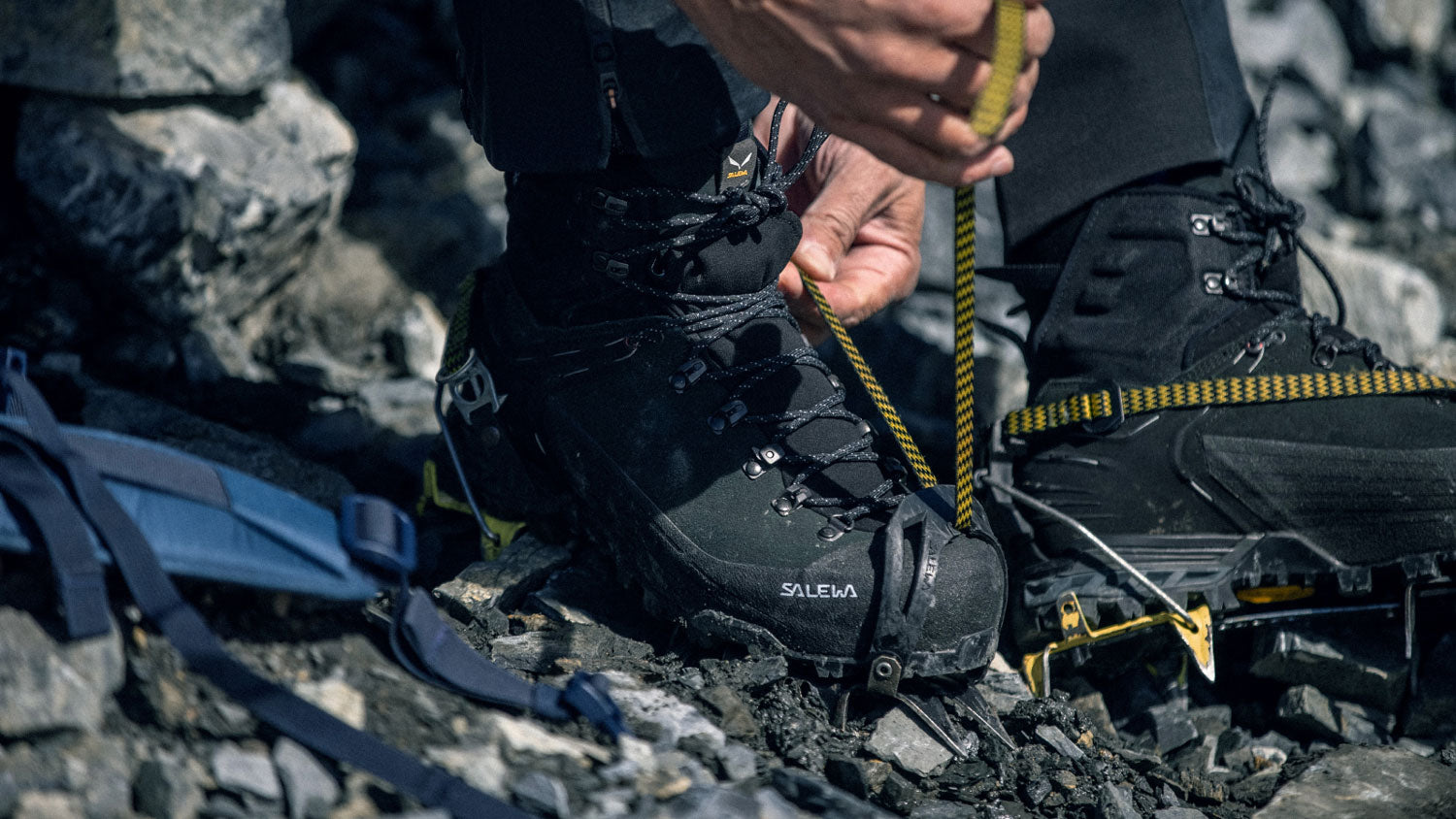
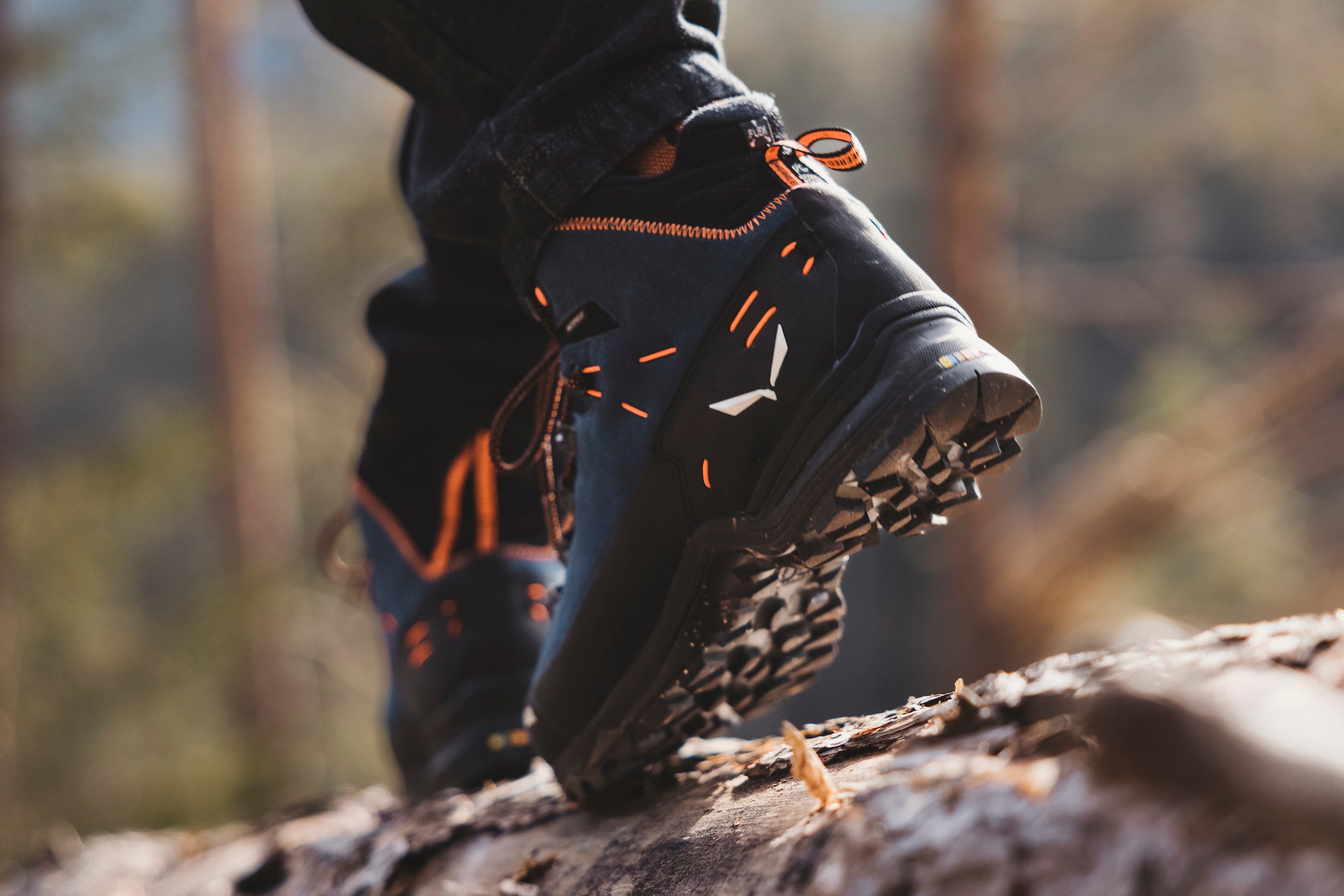
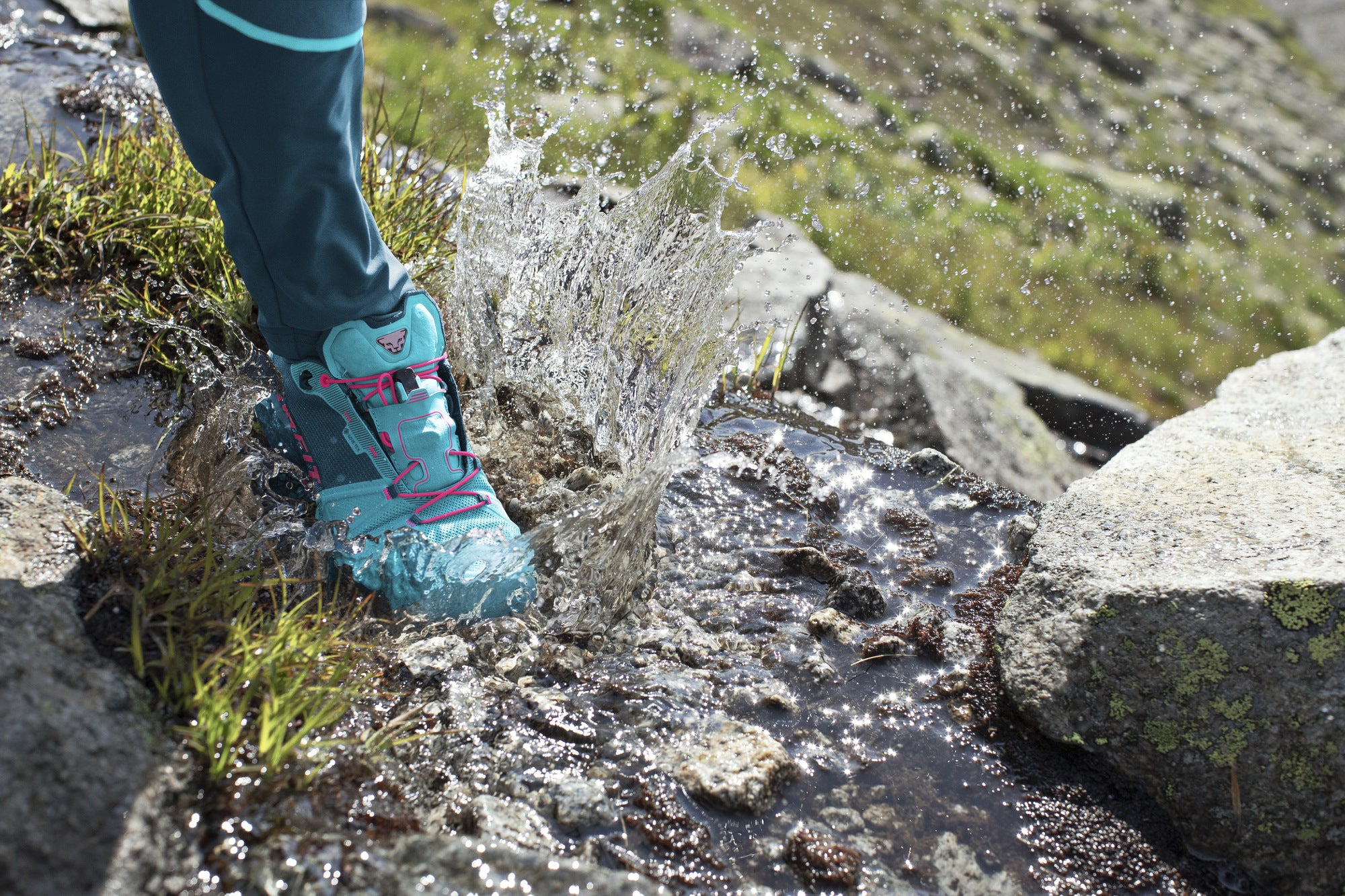

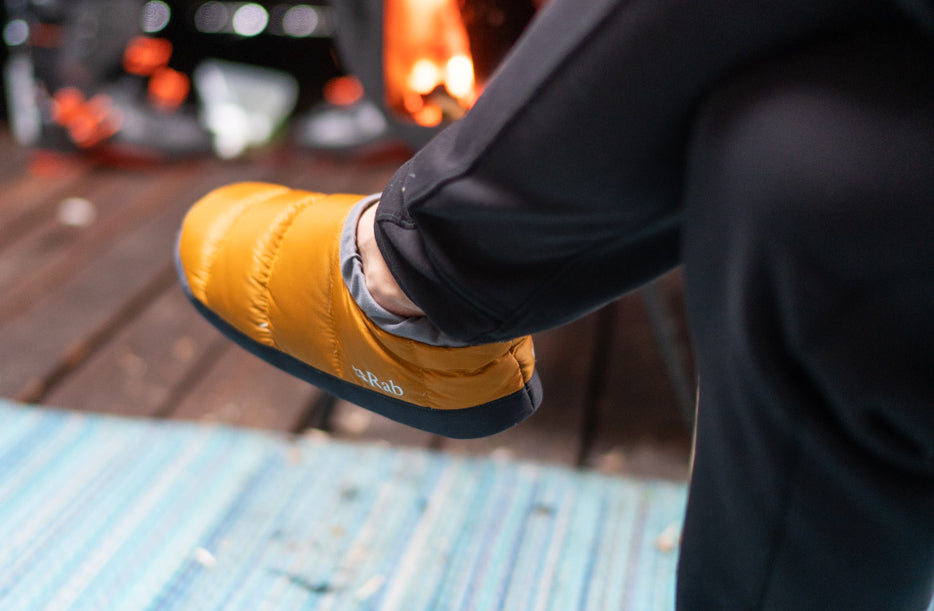
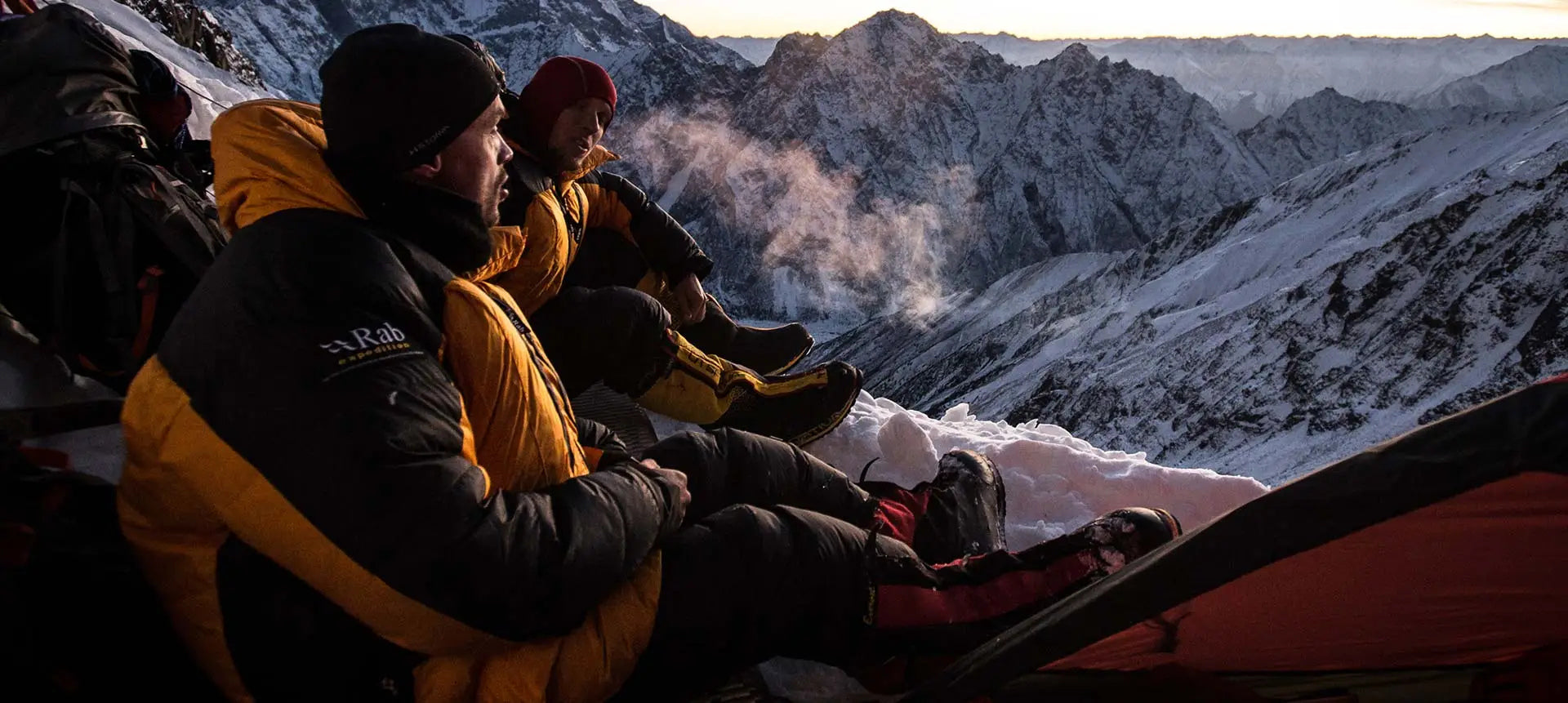
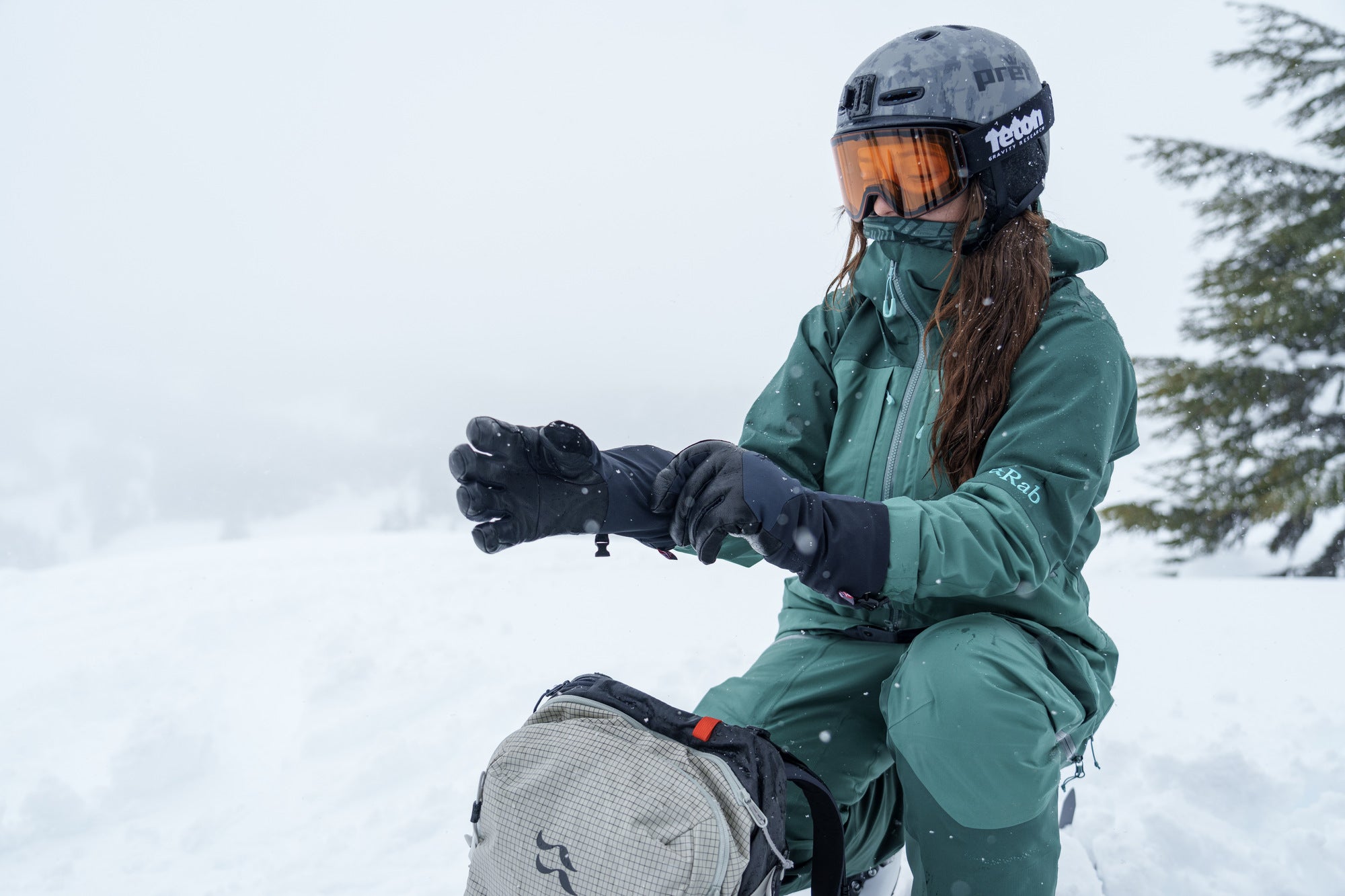
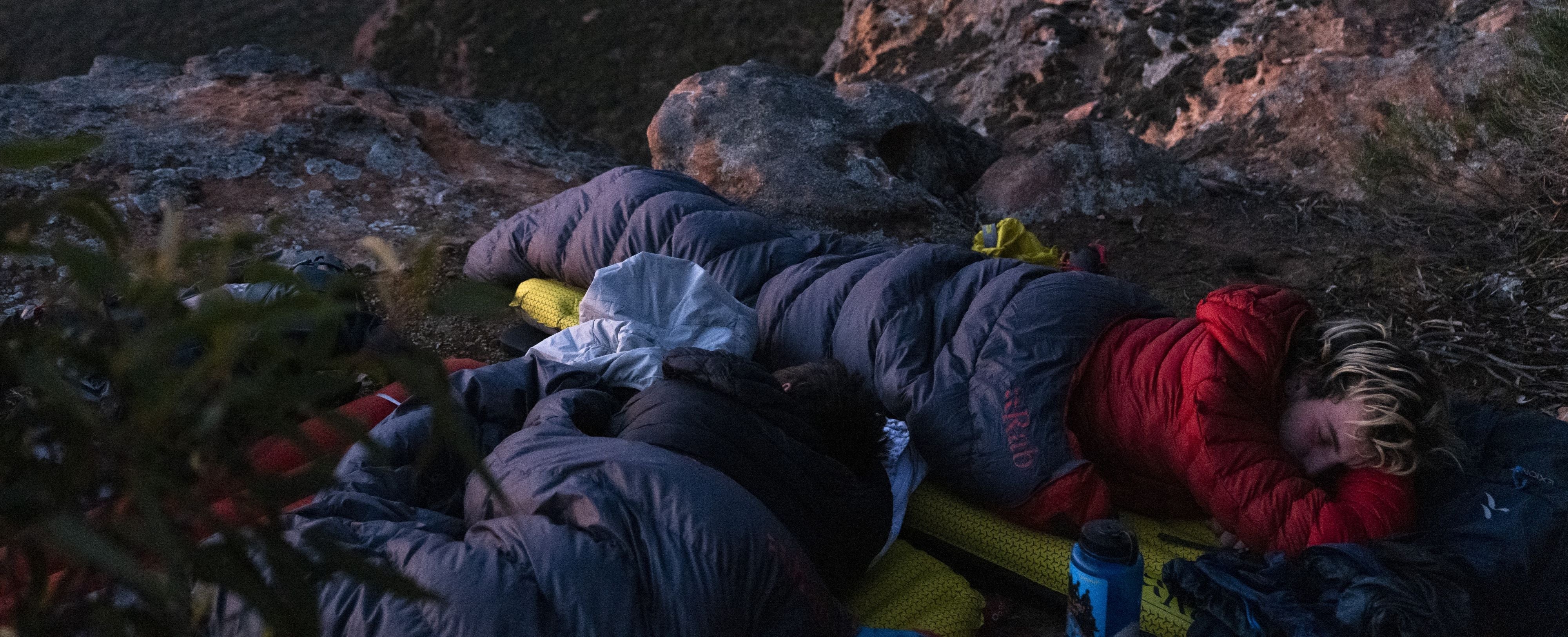
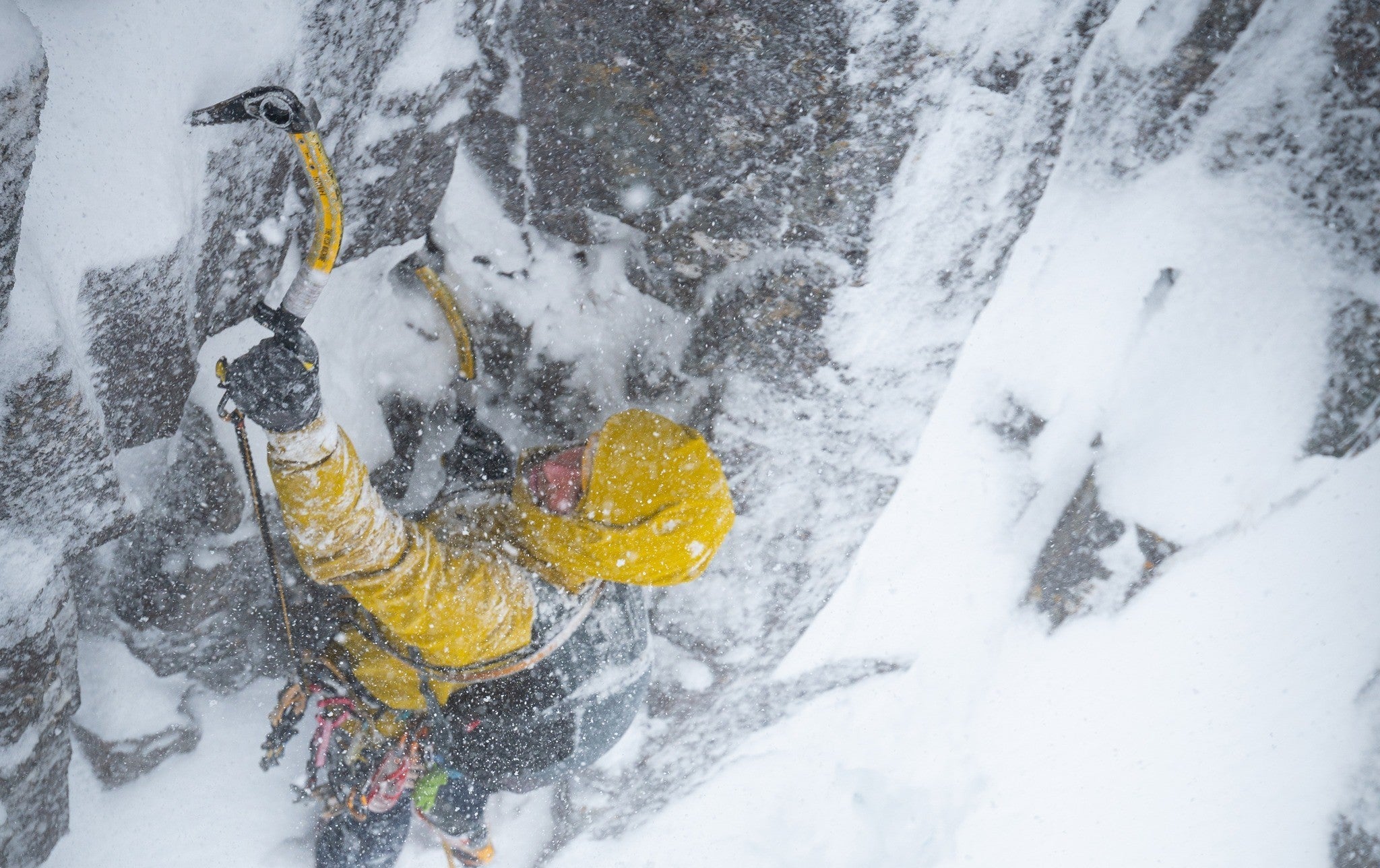




Leave a comment